Photos: Ancient Shell Carving Is Oldest On Record
A second look at a century-old shell collection uncovered remarkable engravings made on a freshwater shellfish shell in Java, Indonesia. The carving is the oldest known engraving made by a human ancestor, suggesting that Homo erectus, ancestor to modern-day humans, may have been smarter than was previously thought. [Read full story on the engraved shell]
The map
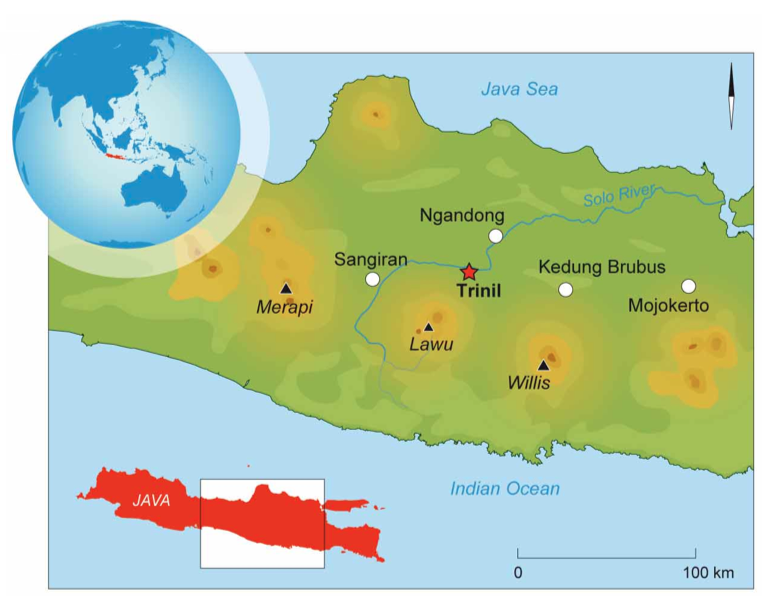
In the 1890s, Dutch surgeon Eugène Dubois traveled to the Dutch East Indies to find a link between apes and modern-day humans. He uncovered "Java Man" now known as Homo erectus, in 1891. Dubois also dug up other fossils, including the shells of freshwater shellfish at Trinil, an archaeological site in Java. (Photo credit: Joordens et al./Nature.)
Engraved shell
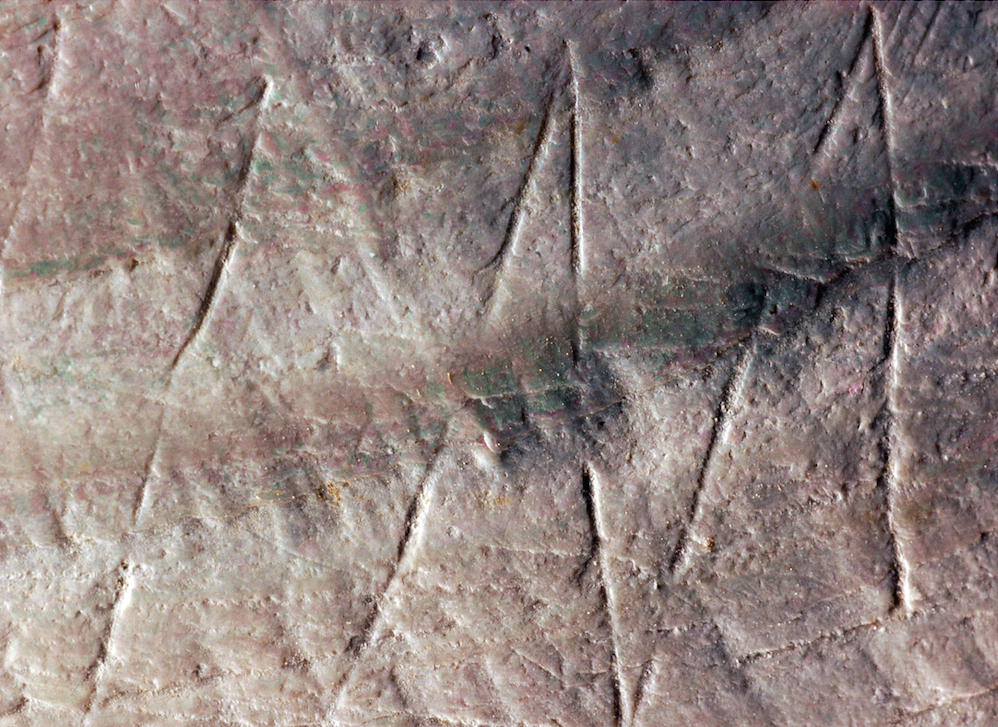
Researchers reexamined the shells that Dubois found about 120 years ago. One shell, shown here, has zigzag engravings on it. The engravings, made between 540,000 and 430,000 years ago, are the earliest known carvings to be made by a human ancestor. (Photo credit: Wim Lustenhouwer | VU University Amsterdam.)
Incredible artifact
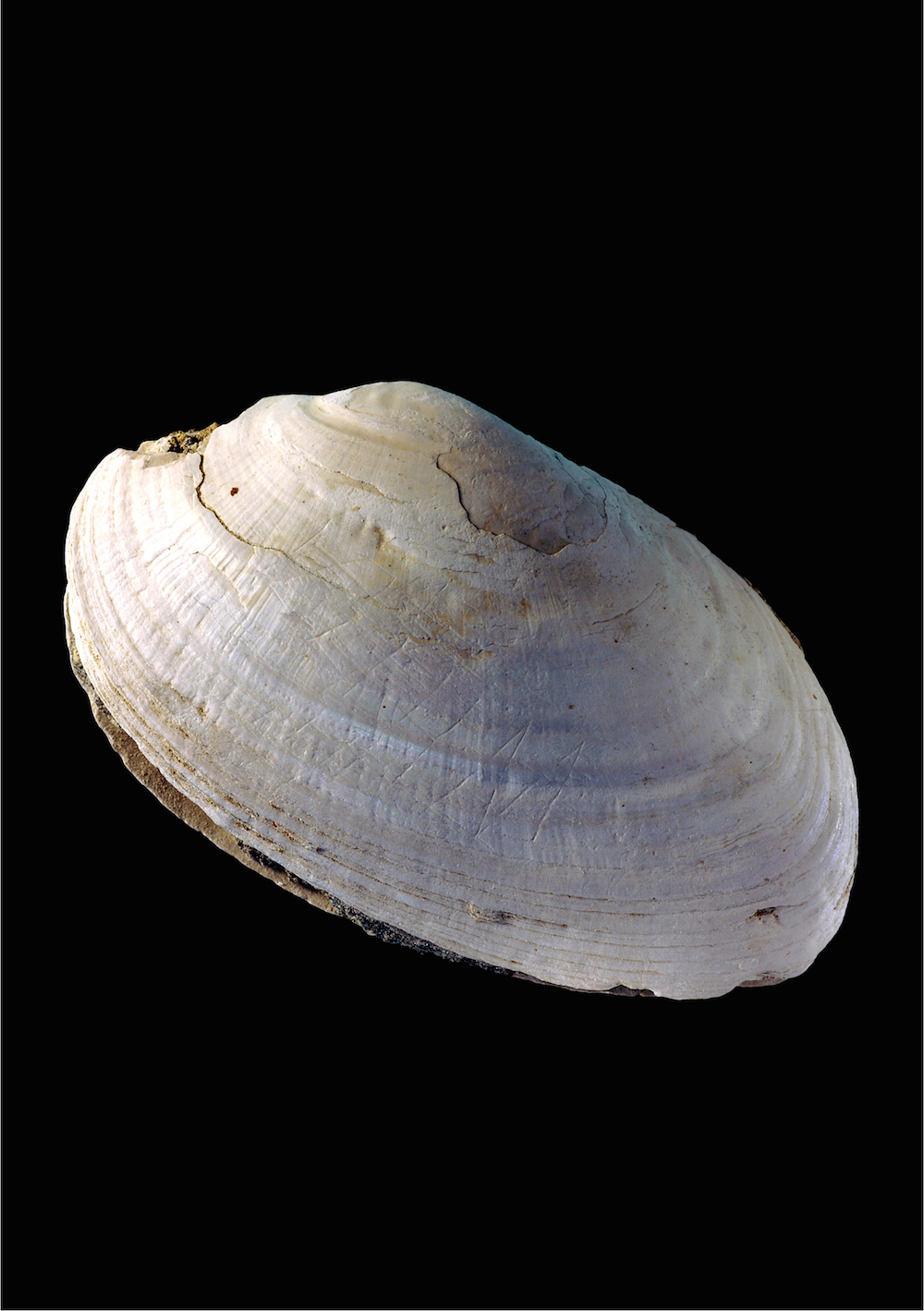
The shell (Pseudodon) with the engravings, includes several slashes and an "M"-shaped zigzag, made by Homo erectus. Researchers tried to replicate the engraving with modern-day shells and found it challenging. The lines would have appeared white on the shell's dark background at the time of the carving, the researchers said. (Photo credit: Wim Lustenhouwer | VU University Amsterdam.)
Sign up for the Live Science daily newsletter now
Get the world’s most fascinating discoveries delivered straight to your inbox.
Groovy markings
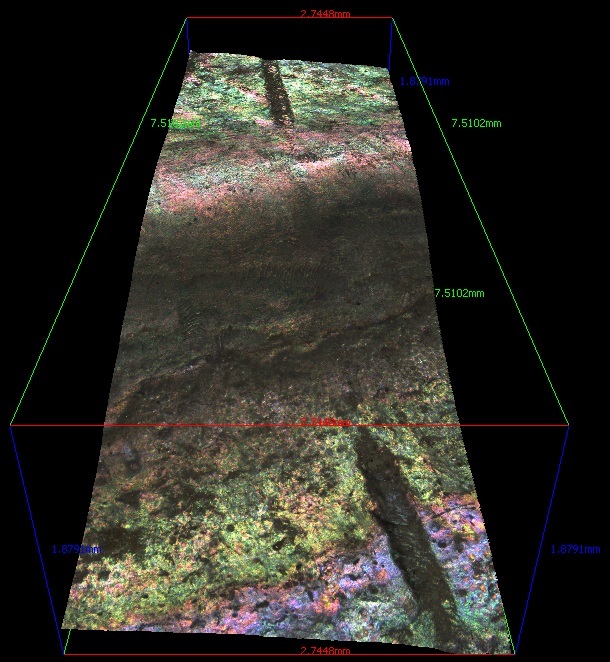
An image of the line carving made in the shell by Homo erectus. Researchers made the image with an Alicona 3D Infinite Focus imaging microscope, which makes true-color three-dimensional renderings of surfaces. (Photo credit: Joordens et al.)
Hole punch
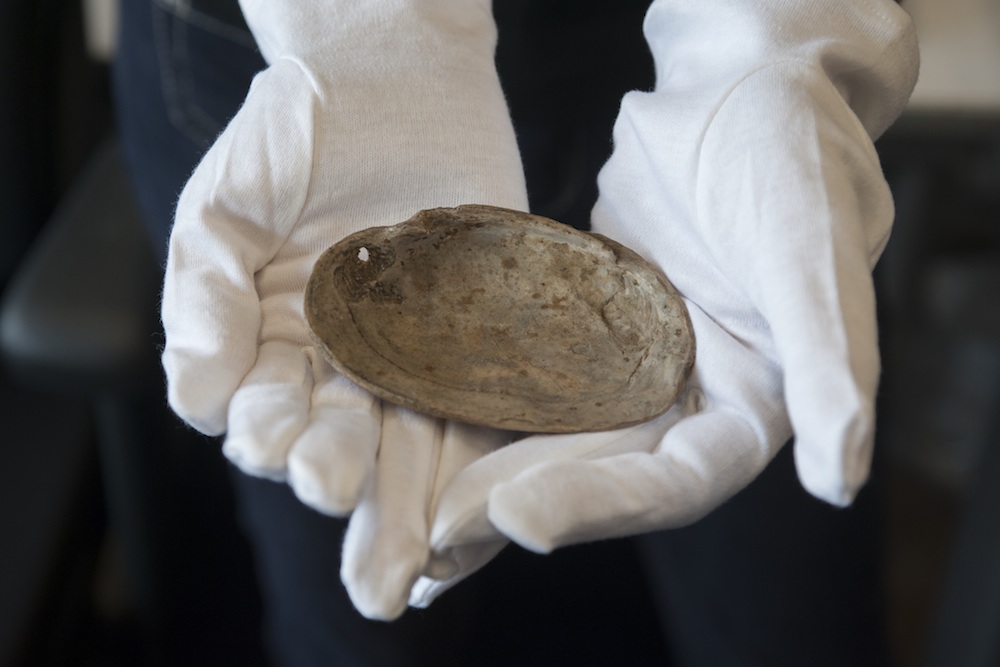
Homo erectus and not an animal, such as an otter, rat, bird, mantis shrimp, octopus monkey or snail, likely made this hole. A sharp point that pierced the shell, right where the adductor muscle is attached to the shell, would have disabled the animal and made the shell easier to open and eat. (Photo credit: Henk Caspers, Naturalis, Leiden, the Netherlands.)
Sharp point
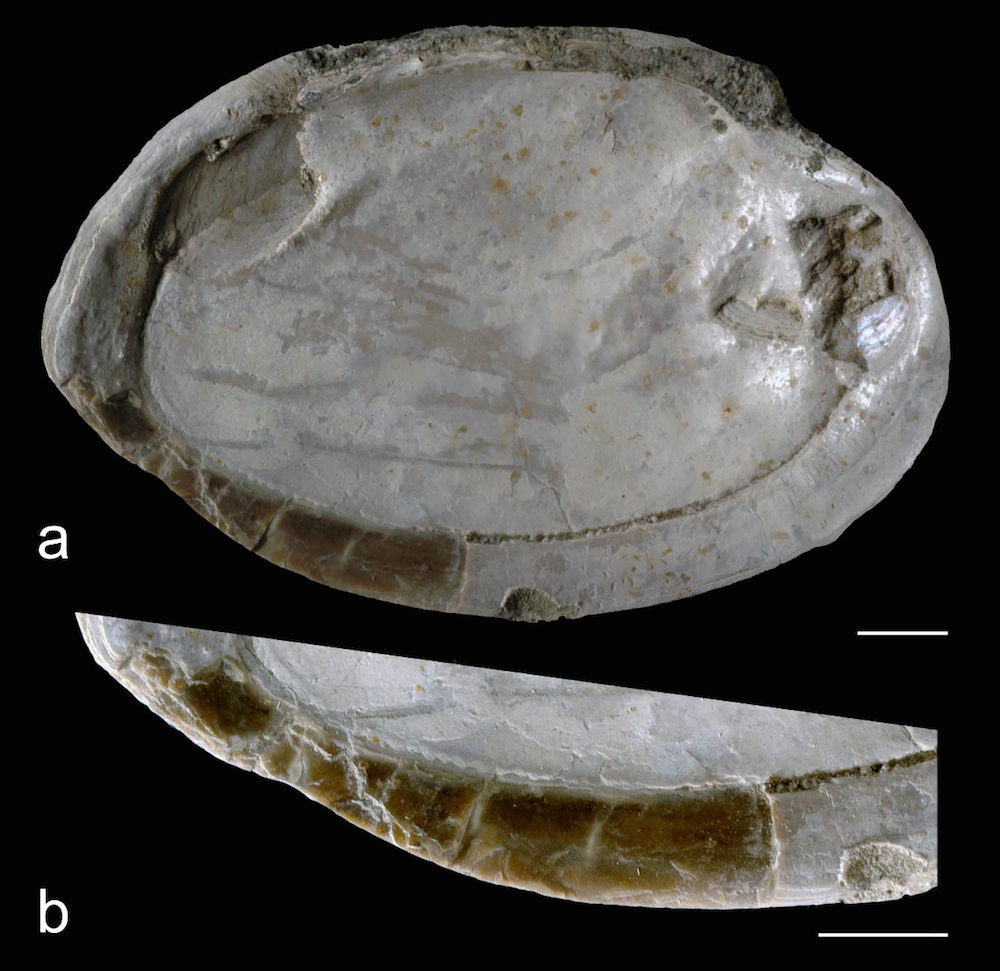
A sharpened shell tool (a) made by Homo erectus. A detail (b) of the sharp ventral margin, which was likely used for cutting or scraping. (Photo credit: Francesco d’Errico, Bordeaux University.)
Close look
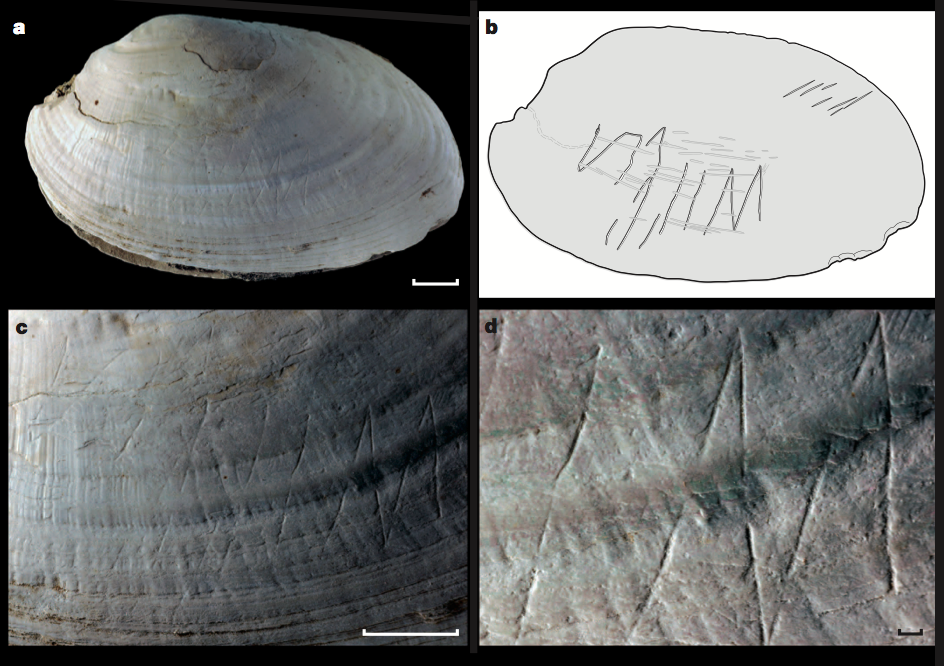
Researchers focused on engravings made on the shell, and drew a cartoon to help people visualize the carvings. Perhaps Homo erectus used a sharp point, such as a shark's tooth, to make the etching, the researchers said. (Photo credit: Joordens et al./Nature.)
Shark teeth
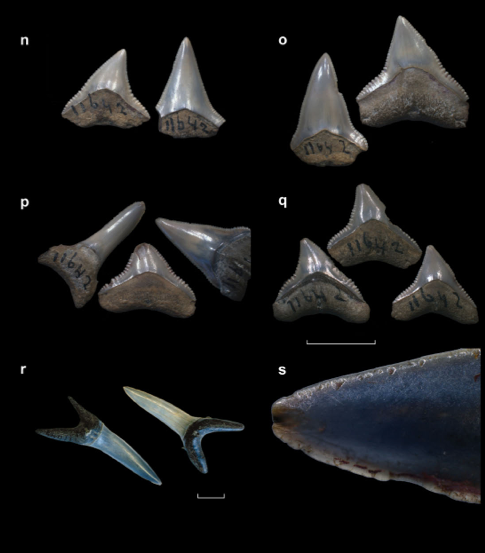
Fossilized shark teeth were found at Trinil. These remains may have once helped Homo erectus pierce the freshwater shellfish shells and possibly make the engravings. Examples include undamaged fossil teeth of sharks (Glyphis) from Trinil (n), including those with damage on the serrate edge (o), tip damage (p) and tip and side damage (q). The fossilized teeth of another shark (Carcharius taurus) from Trinil (r) and a detail of a Carcharius Taurus tooth were also found at the site. (Photo credit: Joordens et al./Nature.)
Follow Laura Geggel on Twitter @LauraGeggel. Follow Live Science @livescience, Facebook & Google+.

Laura is the archaeology and Life's Little Mysteries editor at Live Science. She also reports on general science, including paleontology. Her work has appeared in The New York Times, Scholastic, Popular Science and Spectrum, a site on autism research. She has won multiple awards from the Society of Professional Journalists and the Washington Newspaper Publishers Association for her reporting at a weekly newspaper near Seattle. Laura holds a bachelor's degree in English literature and psychology from Washington University in St. Louis and a master's degree in science writing from NYU.










